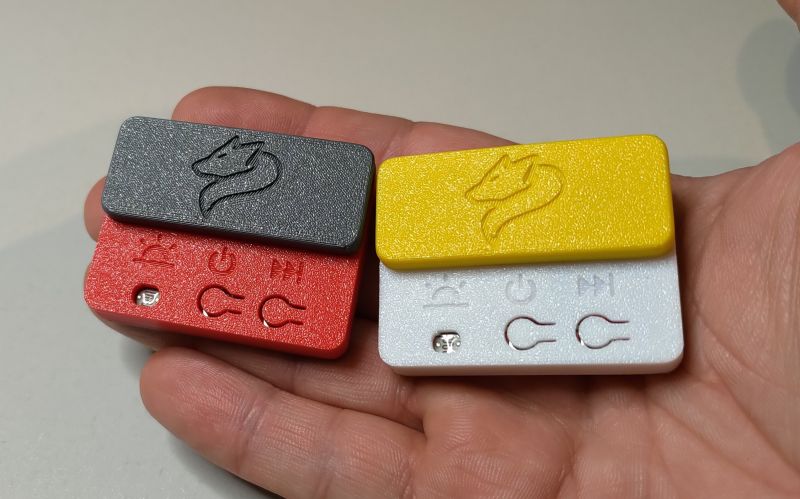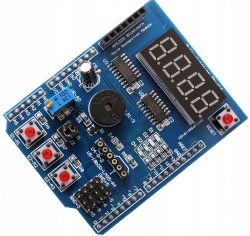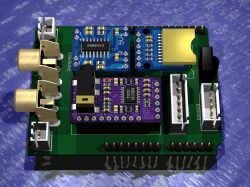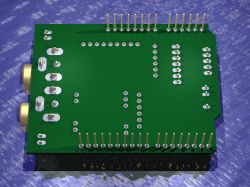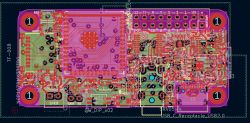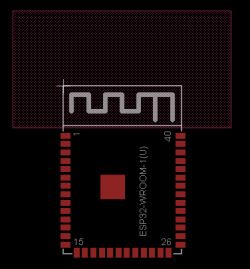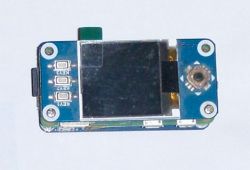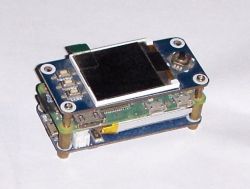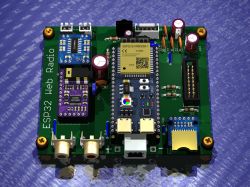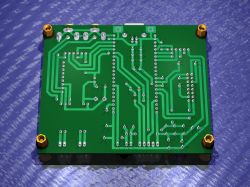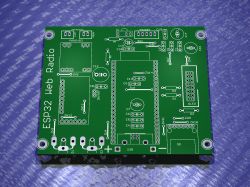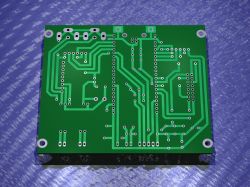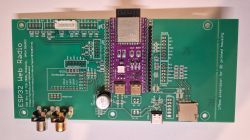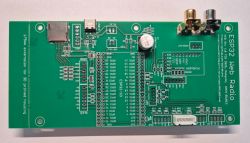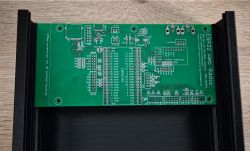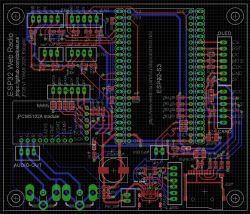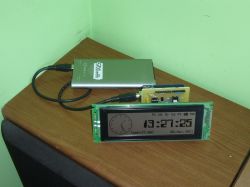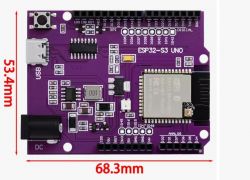With this time shifted forward by an hour, it was also like this last year as I remember correctly. It seems that the server has already set itself to daylight saving time and now you have to wait until the actual change or change the offset by hand.
According to the query:
.
a one is returned, i.e. that CEST daylight saving time is in effect.
.
But this is kind of silly. The JSON data for my city from the weatherman also shows an hour ahead:
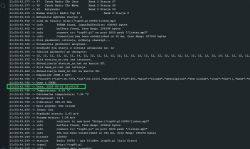 .
.
According to the query:
Code: C / C++
a one is returned, i.e. that CEST daylight saving time is in effect.
Code: C / C++
But this is kind of silly. The JSON data for my city from the weatherman also shows an hour ahead:
 .
.



